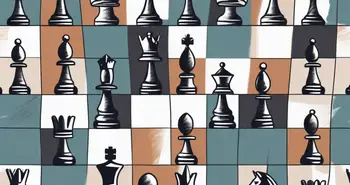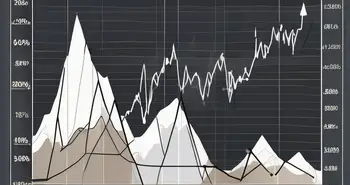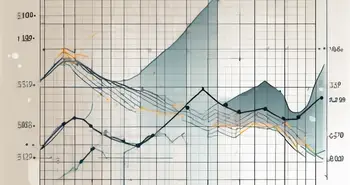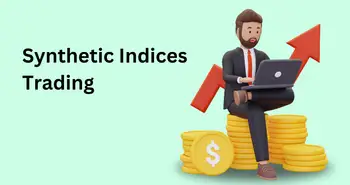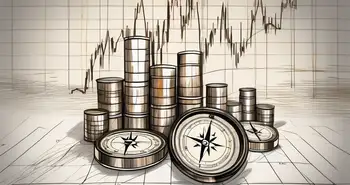Nash Equilibrium in Trading: Finding Stability in Market Strategy
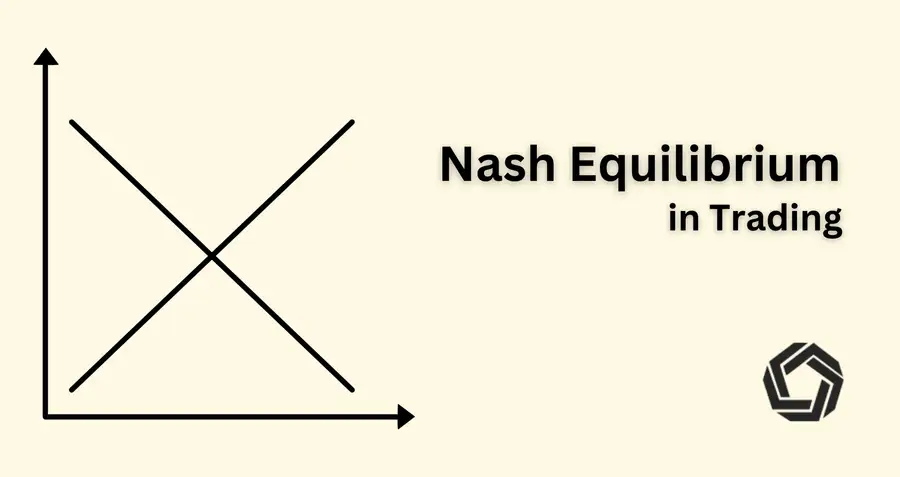
In trading, success often depends on anticipating the actions of other market players. One powerful concept that traders can use to navigate these dynamics is the Nash Equilibrium, a game theory principle where each participant’s strategy is optimal, given the choices of others. For traders, Nash Equilibrium can help explain how prices settle, why certain trades hold steady, and how to make moves that anticipate market responses.
Consider how it plays out: When traders make decisions like setting buy or sell prices, they’re often reacting to or predicting what others might do next. Nash Equilibrium describes the moment when no single trader can improve their outcome by changing their position alone. This concept allows traders to better understand market balance points, helping them to navigate volatile markets, assess risk, and identify stable entry or exit points. In this article, we’ll explore how Nash Equilibrium can be practically applied to trading strategies, with examples that bring this theory into a real-world trading context.
Nash Equilibrium in a Nutshell
The Nash Equilibrium, named after mathematician John Nash, is a key concept in game theory that describes a situation where each player in a “game” chooses the best strategy they can, given the strategies chosen by others. At this point, no player can improve their position by changing their own strategy alone—everyone’s choices are in balance.
Nash Equilibrium in Game Theory
In game theory, Nash Equilibrium is the point where all players’ strategies stabilize, as each person is making the best decision based on what they know about the others. This concept is widely used to predict behavior in competitive scenarios where outcomes depend on the actions of multiple participants, such as in business, economics, and, of course, trading. The equilibrium helps model situations where each player must consider the strategies of others to make the best possible decision.
Examples to Illustrate the Concept in Trading
Nash Equilibrium plays a vital role in trading, where participants make strategic decisions based on the expected moves of others. Here are three examples that show how Nash Equilibrium applies to trading scenarios:
-
Large Investors and Price Stability:
Nash Equilibrium: In this case, both traders reach a stable outcome by holding their positions. If one sells while the other holds, the seller might experience a price drop on their shares. At the equilibrium point, neither trader has an incentive to change their strategy independently because doing so would decrease their overall profits.
Imagine two large investors holding significant positions in a particular stock. Each knows that selling a large portion of their holdings would likely push the stock price down, affecting their profits. However, if both traders hold their positions, they maintain the stock’s value and avoid a loss. -
Market Makers Setting Bid-Ask Spreads:
Nash Equilibrium: The equilibrium occurs when both market makers set similar bid-ask spreads that maximize profit without sacrificing too much volume. Neither can improve their position alone without prompting a response from the other, which would return them to a balanced state. This stable spread benefits both by preventing a price war that would reduce profits.
Market makers are responsible for setting the bid (buy) and ask (sell) prices in the market. Two competing market makers for the same asset must decide on their spread, balancing profit margins with trade volume. If one narrows the spread, they may attract more traders but sacrifice profits. If both keep spreads wide, trade volume might decrease due to higher costs for traders. -
High-Frequency Trading and Timing of Orders:
Nash Equilibrium: The equilibrium is reached when all firms use similarly optimized algorithms that maximize speed without sacrificing profitability. No single HFT firm would benefit by unilaterally slowing down or altering its approach, as it would lose ground to competitors. The result is a stable, fast-paced environment where each firm’s strategy is shaped by the actions of others.
High-frequency traders (HFTs) often compete to execute orders within milliseconds to capitalize on small price fluctuations. In this competitive space, each trader’s algorithm is designed to respond to the actions of others almost instantaneously. If one HFT firm tries to slow down to improve accuracy, it risks losing profitable trades to faster competitors.

Applications of Nash Equilibrium in Trading
Nash Equilibrium helps traders understand stable points in the market where no one can improve their outcome alone, offering valuable insights for strategy. Here are a few practical applications:
-
Identifying Support and Resistance Levels: In markets with large players, Nash Equilibrium can help predict stable price levels where big players are unlikely to shift positions. This can highlight likely support or resistance points, helping traders set entry and exit prices more effectively.
-
Optimizing Trade Sizes: By understanding equilibrium, traders can avoid large trades that might disrupt prices and trigger reactions. Smaller, incremental orders help traders achieve better prices without attracting attention from other market participants.
-
Navigating Market Maker Spreads: Market makers set bid-ask spreads at equilibrium levels to balance trade volume and profit. Recognizing these spread patterns allows traders to time their orders when prices are stable.
-
Anticipating High-Frequency Moves: In fast-moving markets, high-frequency traders quickly react to each other, creating price stability within tight ranges. Observing these equilibrium points can help traders time trades in highly liquid markets.
Using Nash Equilibrium in trading can reveal stability points, helping traders anticipate price levels and optimize strategies that align with broader market behavior.
FAQ – Frequently Asked Questions
What is Nash Equilibrium in trading?
Nash Equilibrium in trading describes a point where traders’ strategies stabilize because no one can gain by changing their approach alone, given the strategies of others. It helps explain stable price levels and trading behaviors in competitive markets.
How can Nash Equilibrium be used in trading?
Traders use Nash Equilibrium to anticipate market stability points, such as support and resistance levels, where large players’ strategies balance. Recognizing these points can help traders set more effective entry and exit prices and avoid moves that might disrupt the market.
Is Nash Equilibrium applicable in real-time trading scenarios?
Yes, Nash Equilibrium applies to real-time trading, especially in high-volume markets where traders continuously respond to each other’s moves. However, it’s crucial to consider factors like market sentiment and external influences that may impact equilibrium points.
Are there alternatives to Nash Equilibrium in trading analysis?
Other frameworks, such as behavioral game theory and evolutionary game theory, offer insights into trading scenarios where emotions, trends, or evolving strategies play a role. These can complement Nash Equilibrium by adding context to market behaviors that may not strictly follow stable equilibrium patterns.
Why is understanding Nash Equilibrium beneficial for traders?
Mastering Nash Equilibrium helps traders make informed decisions by identifying stable price levels, timing trades with market trends, and minimizing disruptive strategies. This knowledge can enhance a trader’s ability to navigate competitive and fast-paced markets effectively.
Understanding Nash Equilibrium can give traders a strategic advantage, helping them anticipate stable price levels and optimize entry and exit points. Morpher’s platform offers features that align with this approach, allowing traders to make the most of market insights. With real-time market data, advanced charting tools, and zero-fee trading, Morpher empowers you to explore equilibrium-based strategies without the typical costs that can eat into profits.
Ready to put these insights to work? Start trading on Morpher today and take advantage of a platform designed to support strategic trading decisions.

Disclaimer: All investments involve risk, and the past performance of a security, industry, sector, market, financial product, trading strategy, or individual’s trading does not guarantee future results or returns. Investors are fully responsible for any investment decisions they make. Such decisions should be based solely on an evaluation of their financial circumstances, investment objectives, risk tolerance, and liquidity needs. This post does not constitute investment advice.

Painless trading for everyone
Hundreds of markets all in one place - Apple, Bitcoin, Gold, Watches, NFTs, Sneakers and so much more.

Painless trading for everyone
Hundreds of markets all in one place - Apple, Bitcoin, Gold, Watches, NFTs, Sneakers and so much more.

